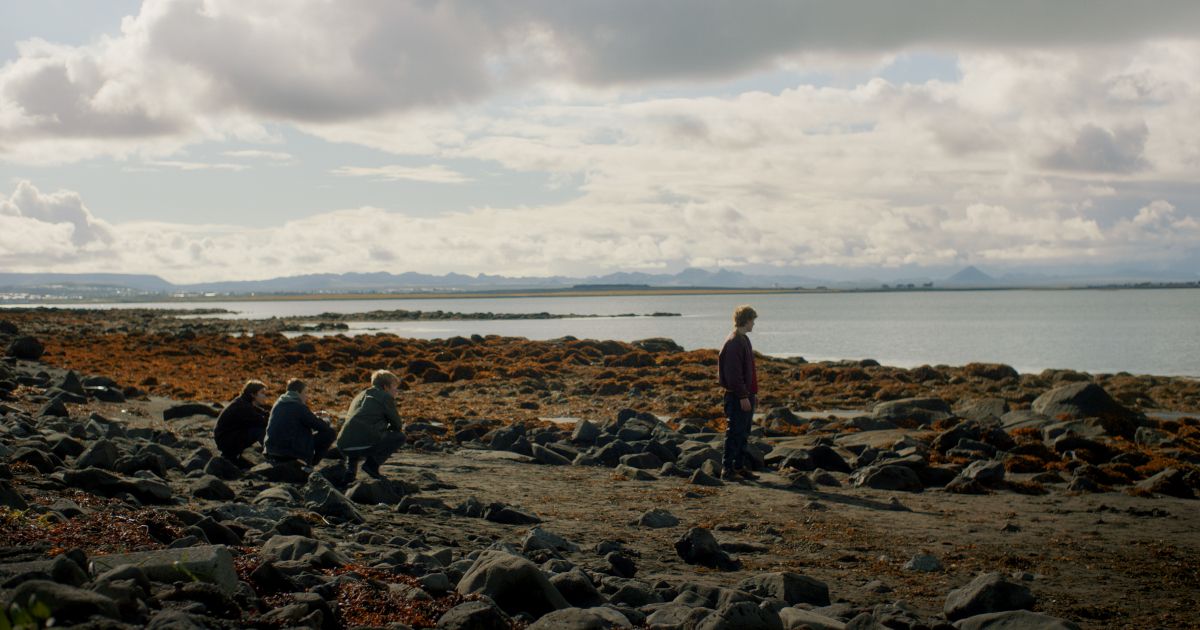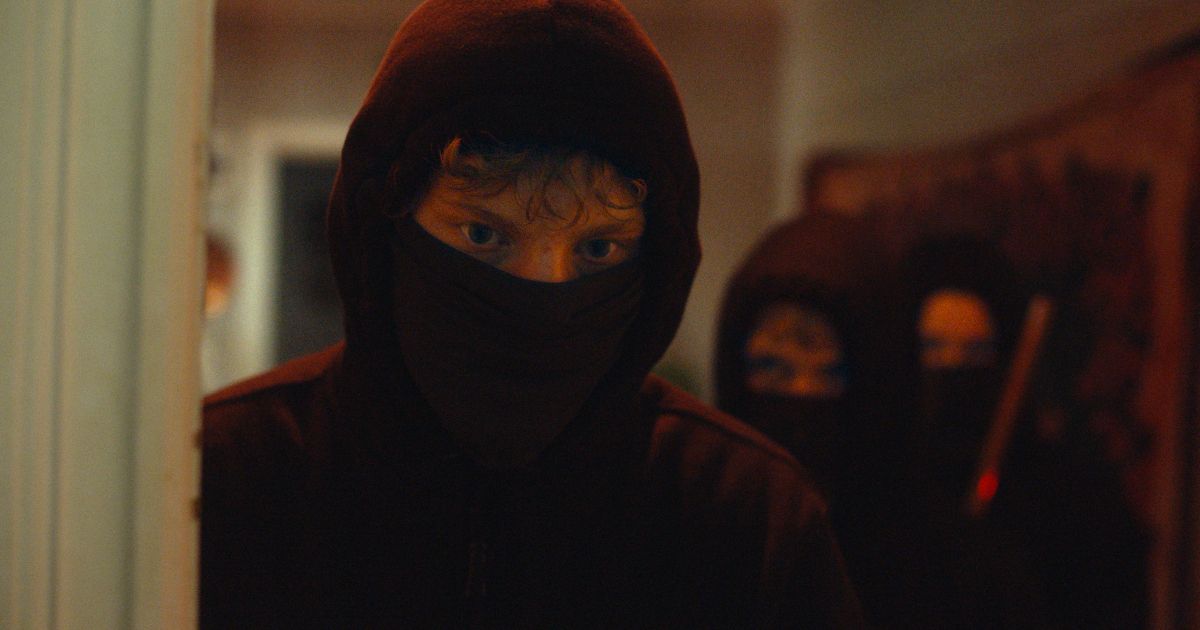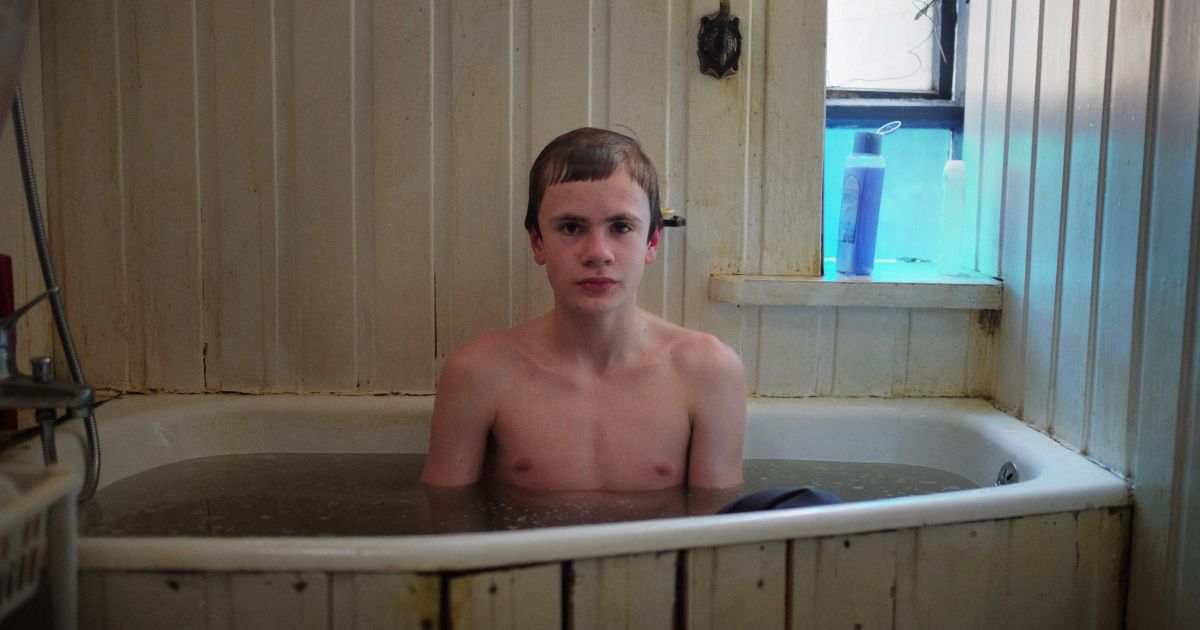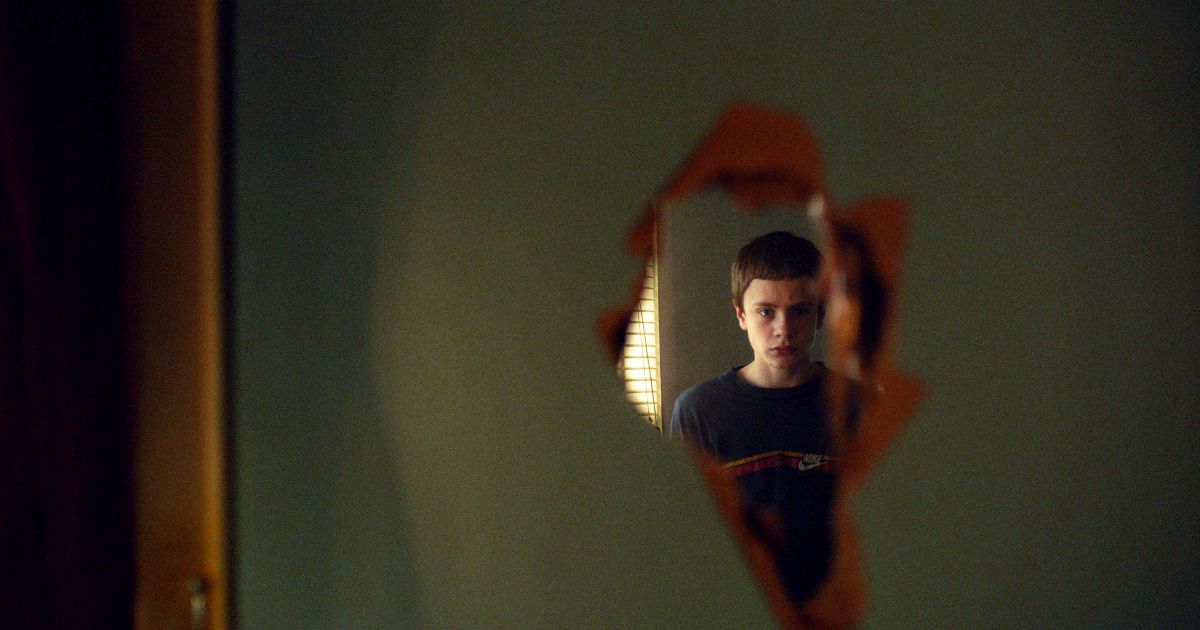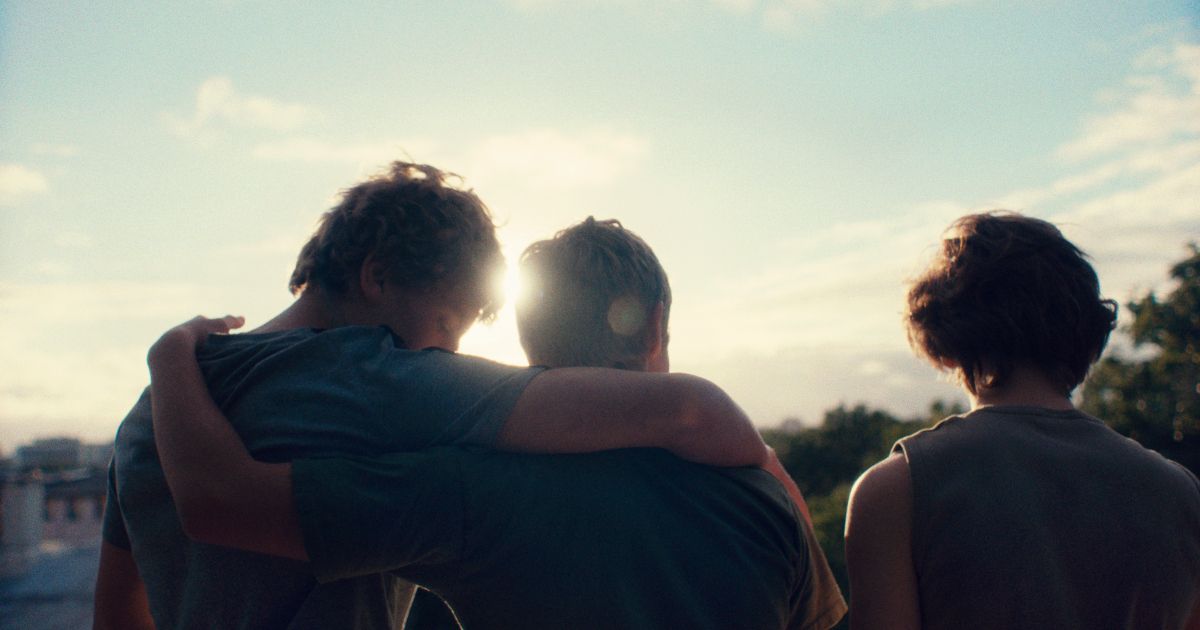Where does cruelty come from, the kind of violence that transcends cause and effect and becomes simply malice without meaning? To put it in terms of the nature vs. nurture argument, are we born mean, or do children develop this along the way? Maybe child-rearing is simply a slow-motion signature on the social contract, a two-decade-long attempt at civilizing creatures which could otherwise become cruel and selfish. The new film Beautiful Beings depicts a lot of that cruelty, but is ultimately compassionate in understanding its mechanisms.
Iceland's recent submission for the Best International Feature Oscar, Beautiful Beings feels like Terrence Malick directing a Harmony Korine script. It's an aesthetically gorgeous film that takes viewers on an extremely dark but ultimately hopeful journey through adolescence, following a group of violent boys who slowly befriend a victim of abuse. Influenced by but separate from dark coming-of-age classics like Stand by Me and Kids, Beautiful Beings throws some interesting curveballs at the viewer, refusing to be just one thing. It's a powerful movie if you can stomach it.
Beautiful Beings Is About the Bullied and the Bullies
Beautiful Beings begins with Balli, a victim of horrible abuse, before expanding its scope to include a trio of rough and tumble boys and their families. Balli (Áskell Einar Pálmason) is the ostracized kid with the bad haircut who likes to collect bugs and never knows what to say when put on the spot. When he does stand up for himself, he is beaten so severely that he loses an eyeball and is forced to wear a temporary mask. His mother is a drug user who often leaves him alone with little food, and his father's in prison; 15 minutes into Beautiful Beings is enough to make you hate the world.
By shifting from Balli the bullied to a group of quasi-bullies and their families, the film announces its intention to explore the social dynamics of violence and the way it is socially conditioned. Fortunately, these aren't the bullies who so viciously tormented Balli; instead, they're three popular young boys who are always in the midst of trouble — Addi, Konni, and Siggi. They stumble upon Balli while he's sipping what appears to be toilet moonshine from a plastic bottle and cutting himself. With an absence of sympathy, they push him to chug all the alcohol at once while they laugh.
But then, like a bit of magic, there's a moment of sympathy, which seems practically miraculous in the hellish world that the film has thus far presented. While Balli is struggling to walk back to his house, clutching his sides, Addi (Birgir Dagur Bjarkason) decides to help him get home. Addi's friends tag along reluctantly; they're a group after all. Witnessing the unkempt chaos of Balli's residence only deepens this sudden sympathetic streak in Addi, who returns on his own the next day. In the midst of misery, a friendship blossoms.
Beautiful Beings Is Anchored by a Charming Young Cast
From here, Beautiful Beings spends most of its runtime getting to know these characters, depicted so organically by talented young actors. Konni (Viktor Benóný Benediktsson) is a hotheaded tough guy who's always getting into fights, but who is kinder than anyone thinks, and extremely protective of the people he cares about. Siggi (Snorri Rafn Frímannsson) is a jokester and the low man on the friendship totem pole, frequently the butt of Konni and Addi's jokes; as such, he tends to hate Balli for being befriended and treated with a modicum of decency. He's kind of a scumbag, but the filial and social reasons for this are explored, just as Beautiful Beings does with every character.
Addi is handsome and equally tough, but he's the most sensitive of the three, even if the forces of 'nurture' (a broken family, violent friends, a ruined school system) compel him to repress those sensitivities in favor of a common masculinity. Addi is the odd man out, and it's through his story that Beautiful Beings introduces its surprising elements of magical realism.
Following her divorce, Addi's mother has gotten deep into New Age ideas and the rich dream culture of Iceland. She may have certain abilities like astral projection, or she may be a bit loopy. But when Addi begins experiencing surreal dreams and a kind of telekinesis, it's almost an extension of the nature vs. nurture argument — are his mother's New Age beliefs rubbing off on him, or has he inherited something?
Beautiful Beings doesn't go all Stranger Things with the plot point, preferring to instead use the pseudo-supernatural aspects as a subtly fantastical backdrop to the grounded, harsh story. It's a wise decision, one which invites interpretation and allows Beautiful Beings to actually have its cake and eat it too (at least until an ending which, while hopeful and fittingly beautiful, is a bit illogically optimistic).
Beautiful Images
Until the last act, Beautiful Beings is a somewhat loose character study of these boys and how their lives are often dictated by abuse (on either side of the fist). There are some striking sequences, filmed with typical excellence from the great cinematographer Sturla Brandth Grøvlen (Another Round, Victoria, The Innocents).
Outdoor sequences are dreamy but earthy, filled with urban decay and cloudy, dewy landscapes; the indoor scenes are often claustrophobic, emphasizing the discomfort in some of the families, along with the sad squalor of Balli's life. It's another visually cohesive masterclass in cinematography from Grøvlen.
Filmmaker Guðmundur Arnar Guðmundsson's script is extremely perceptive, loosely inspired by his own youth and dreams. He quietly probes the mechanism of violence in social structures, it's causes and effects, and how it's cyclically developed. He never judges or condescends to his young characters (or the excellent young actors); in fact, he creates empathy toward them through a better understanding of this violence and cruelty.
Looking Beyond Violence in Beautiful Beings
In a way that has rarely been seen before, Beautiful Beings actually locates constructive and optimistic facets of seemingly cruel behavior and what so many people call 'toxic masculinity.' While their roughhousing and aggressive behavior can be violent, there is a tacit affection buried beneath the bruises, almost as if some instances of bullying are just excuses to get close to someone, to experience human contact, to feel someone actually react to you. These things can mean a lot to someone in a broken home and school system, someone who has been left unattended or entirely discarded.
As such, there's a kind of sweetness implicit in their kicks and fists. While they're a long way from being inspiring, this is not a film about how 'bad' these kids are or how awful their lives are. The film wants viewers to see beyond the violence and the cruelty, and realize that they're beautiful beings, too.
From Join Motion Pictures, in co-production with Bastide Films, Film i Väst, Hobab, Motor, and Negativ, Beautiful Beings will be released by Altered Innocence on January 13.


